In March, the vines enter a phase of their cycle called “budburst”. This means that the protective scales which cover the bud will move aside, revealing the “fill”. These will be the future leaves of our vine plant.
Budburst marks the end of the vines' winter rest. Concretely, the buds surrounded by their scales – the stuffing – begin to point out the tips of their leaves. This phase of the vine cycle generally occurs in spring, but sometimes spring temperatures at the end of winter favor early bud burst, in mid-March. Because two factors are essential to initiate the awakening of vegetation: heat and light, and both in sufficient quantity. If these conditions are met, the vine stocks resume their activity: the roots begin to draw water and nutrients from the earth, the sap circulates again, and the vine produces buds which will then bloom.
This is a very delicate period for our vines, because they are extremely fragile: in the event of early budburst, or during late frosts (at the end of April), negative temperatures (from -2°C) can burn the buds and small leaves just emerging, which dry and wither, leaving little hope of harvest in the fall.







